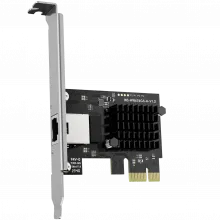
A network interface controller (also known as a network interface card, network adapter, LAN adapter and by similar terms) is a computer hardware component that connects a computer to a computer network. Early network interface controllers were commonly implemented on expansion cards that plugged into a computer bus; the low cost and ubiquity of the Ethernet standard means that most newer computers have a network interface built into the motherboard.

